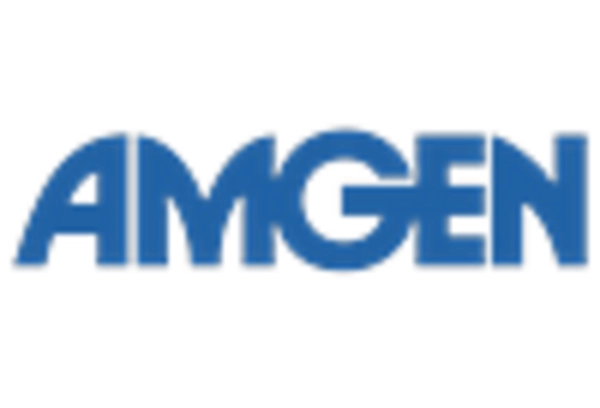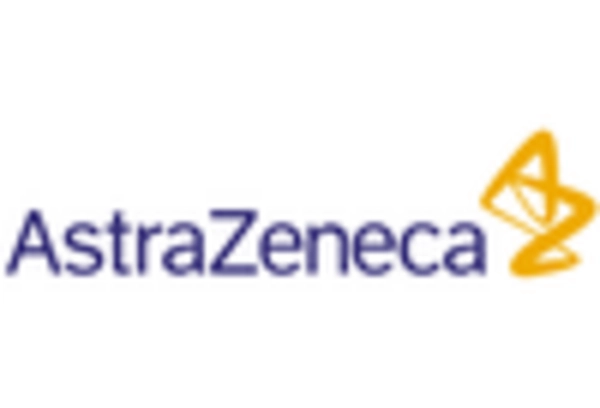Increased Healthcare Expenditure
Increased healthcare expenditure in the UK is a significant driver for the hemiplegic migraine market. The UK government has been investing more in healthcare services, which includes funding for neurological disorders. This financial commitment may lead to improved access to treatments and diagnostic tools for hemiplegic migraine. As healthcare budgets expand, the hemiplegic migraine market is likely to experience growth, as more resources become available for research, patient education, and treatment options. This trend suggests a positive outlook for patients seeking effective management of their condition.
Innovations in Pharmaceutical Research
Innovations in pharmaceutical research are propelling the hemiplegic migraine market forward. The development of new medications and therapies tailored specifically for hemiplegic migraine is gaining traction. For instance, recent advancements in biologics and targeted therapies have shown promise in clinical trials, potentially improving patient outcomes. The hemiplegic migraine market is likely to benefit from these innovations, as they may lead to more effective treatment options that address the unique challenges posed by this condition. As pharmaceutical companies invest in research and development, the market could see a surge in new product launches, enhancing competition and availability for patients.
Rising Incidence of Hemiplegic Migraine
The increasing incidence of hemiplegic migraine in the UK is a notable driver for the hemiplegic migraine market. Recent studies indicate that approximately 0.1% of the population may experience this rare form of migraine, which can lead to significant neurological symptoms. As awareness grows, more individuals are likely to seek medical attention, thereby increasing the demand for effective treatments. The hemiplegic migraine market is expected to expand as healthcare providers focus on diagnosing and managing this condition more effectively. Furthermore, the rising number of patients could lead to a greater need for specialized healthcare services, which may further stimulate market growth.
Integration of Telemedicine in Neurology
The integration of telemedicine into neurology practices is transforming the hemiplegic migraine market. Telehealth services provide patients with easier access to specialists, particularly in remote areas where neurological expertise may be limited. This shift towards digital healthcare solutions is likely to enhance patient engagement and adherence to treatment plans. The hemiplegic migraine market stands to benefit from this trend, as telemedicine can facilitate timely diagnosis and management of hemiplegic migraine, ultimately improving patient outcomes and satisfaction.
Growing Patient Advocacy and Support Groups
The emergence of patient advocacy and support groups is influencing the hemiplegic migraine market positively. These organizations play a crucial role in raising awareness about hemiplegic migraine, educating patients and healthcare providers alike. By fostering a community of support, they encourage individuals to seek diagnosis and treatment, which may lead to increased market demand. The hemiplegic migraine market could see a rise in engagement from pharmaceutical companies and healthcare providers as they recognize the importance of these groups in promoting awareness and improving patient outcomes.

















Leave a Comment